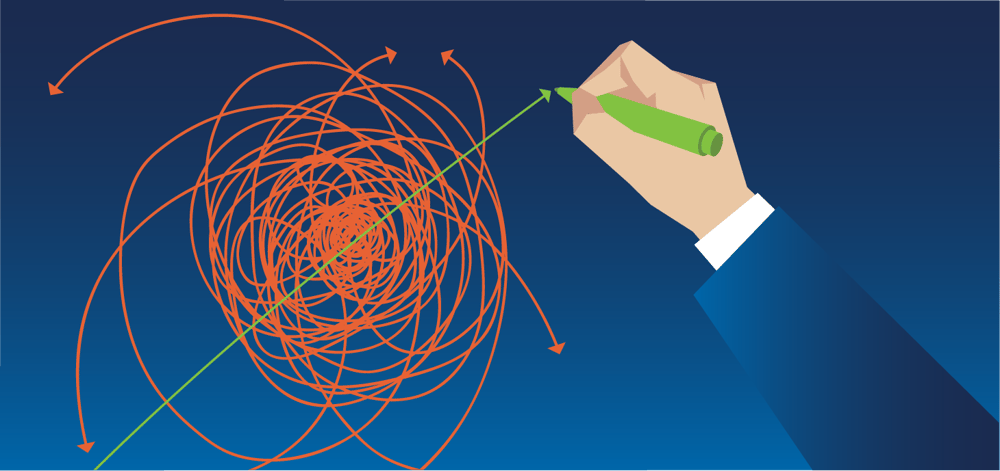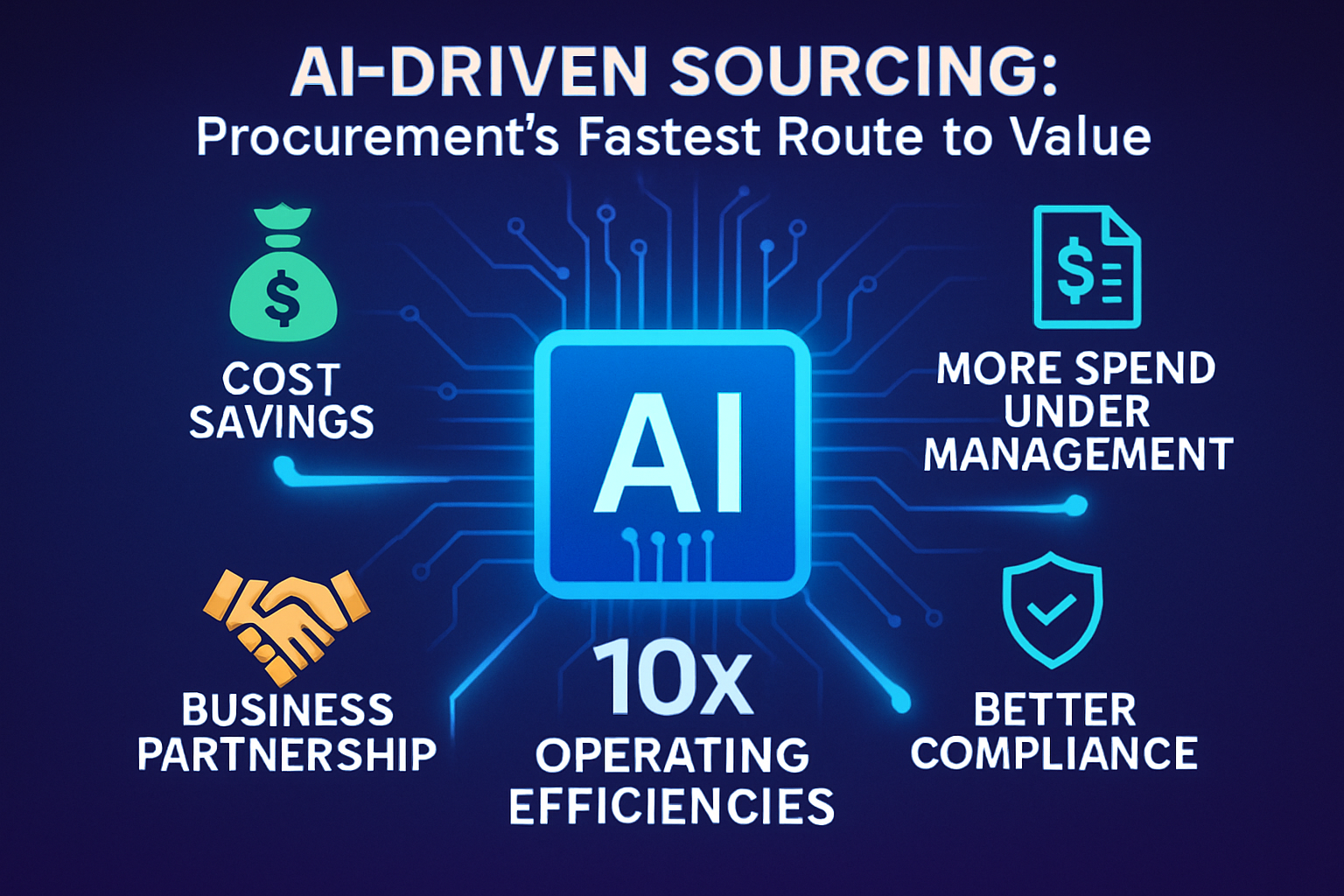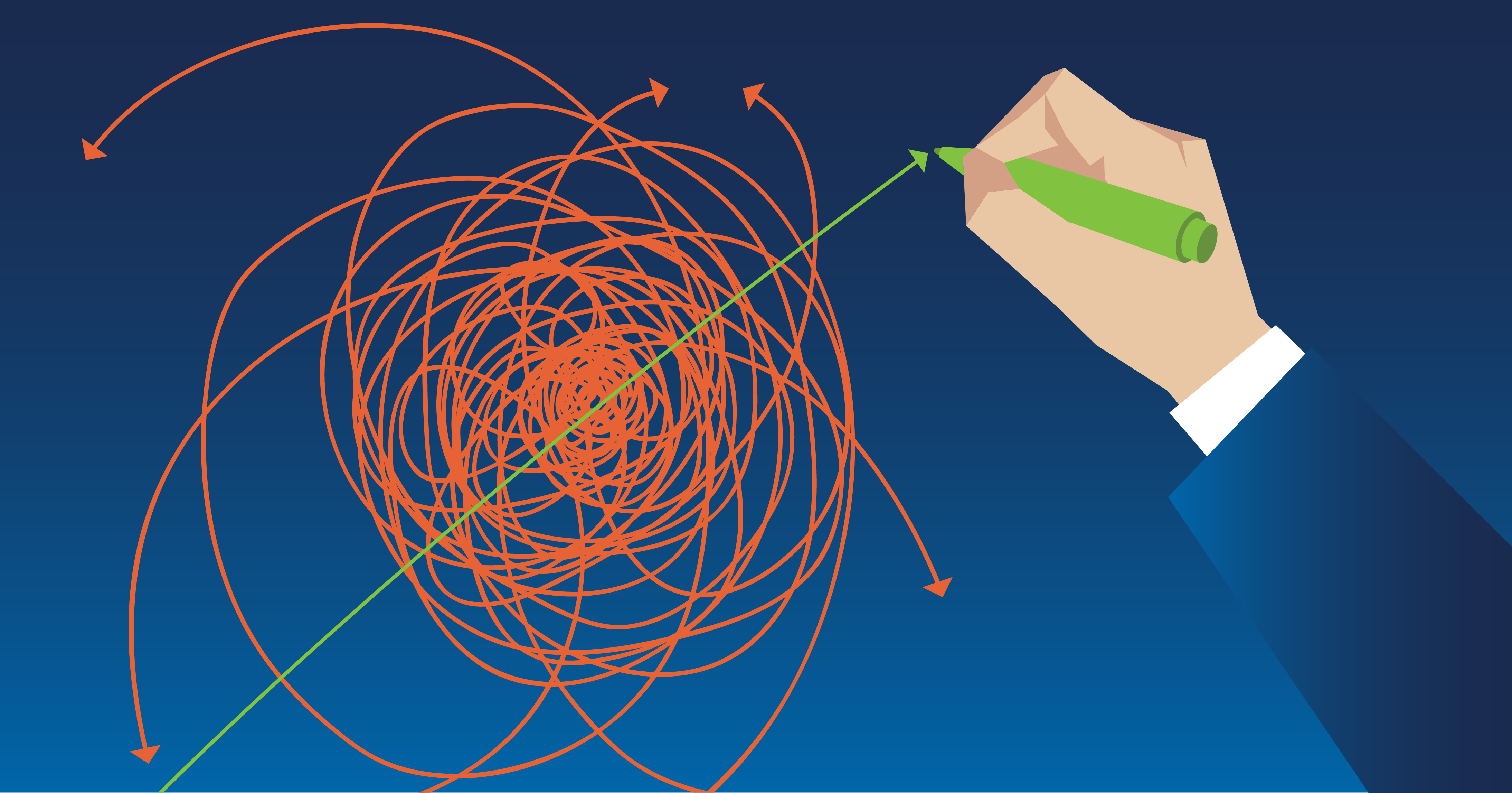Blog
Procurement
Procurement Perfected: Eliminating Obstacles to Value Through the User Experience
Keith Hausmann
Share this post

Our recent webinar, organized with Art of Procurement, highlighted how companies need to provide a better user-experience for their business stakeholders to encourage them to work with procurement rather than around it. If procurement can engage earlier in the sourcing process with its internal partners, then it will reap the benefits through more spend coming under management and be able to increase its influence across the organization, driving better business outcomes. Here are five key takeaways from the session:
1. Procurement has a great opportunity to shift the 43% of business users who currently see the procurement function as a ‘necessary evil’ into partners who actively want to collaborate with the function to drive better outcomes for the organization. To do this at scale, it must ensure that processes and models utilize the latest technology to provide a frictionless, consumer-like user experience that delights stakeholders and brings more expenditure under procurement’s control.“The whole process should be defined from end-to-end and supported by cutting-edge digital technology such as Globality’s platform, which we use at BT Sourced to ensure our end users can buy what they need with speed and agility,”
–Michael Hamann, Senior Procurement Manager, BT Sourced.
2. The procurement ‘playbook’ – how the function is structured and operates – hasn’t changed much over the past 20 years in contrast to the transformations that many other areas of the business, as well as our personal lives have undergone. There is a need for procurement to review the way it uses technology to make its processes quicker and more efficient, as well as how it can get more out of its talent, moving them away from manual, repetitive tasks.
“If organizations are going to listen to procurement more, we can’t just show up with the same old playbook. We need to focus the new playbook on the end user’s experience – what do they need to have and how do they need it to work,”
–Jon Kesman, Global Practice Leader, Workforce Procurement, Quantum Work Advisory.
3. Procurement should build this new framework but enable the business users to self- serve and buy their own services within the boundaries provided by the framework. The new model needs to be flexible and ensure the experience is intuitive and simple to use so that the stakeholders will want to embrace this new model and work with procurement rather than around it to reduce ‘maverick’ spend and ensure all spend is sourced fairly, competitively and transparently.
“Self-serve procurement has always existed – it’s what we call maverick or rogue spend! What’s changed is that new technology now enables us to harness it for the good so that it is managed by procurement according to some simple guardrails.”
–Keith Hausmann, Chief Revenue Officer, Globality.
4. Getting business stakeholders to embrace this new procurement model is best achieved by setting a clear framework within which they can self-serve, communicating the new process across the business in a clear manner and then trusting them to make the best buying decisions. Procurement can assist when required and still oversee the process to ensure important compliance such as GDPR is adhered to, but the heavy lifting is taken out of its hands. Furthermore, procurement can focus on the most significant and strategic needs of the business versus the every-day flow of needs that the business has.
“Empowering our stakeholders to self-serve allows procurement to focus its time and resources on the more strategic tasks that it should be prioritizing,”
–Michael Hamann, Senior Manager, BT Sourced.
5. Intelligent technology allows procurement to put real-time, continuously updated data and insights in the hands of the business user to guide them to make better, more-informed, merit-based decisions for all their sourcing requirements. Furthermore, innovative digital solutions can capture inputs and revisions from every interaction across all previous sourcing events meaning audit trails are no longer an issue.
“Data can tell the buyer where the goods or services are available from and who is the best vendor for their particular need, as well as providing guardrails around what they should pay for it,”
–Jon Kesman, Global Practice Leader, Workforce Procurement, Quantum Work Advisory.
Share this post



